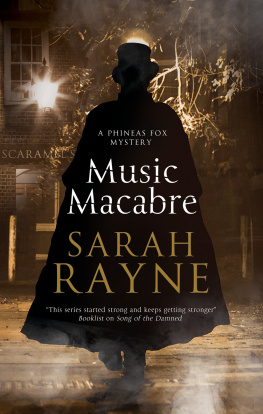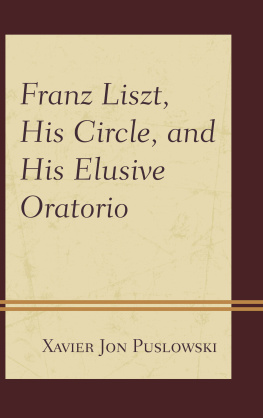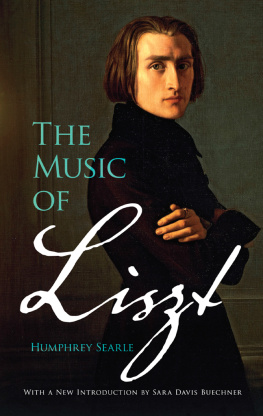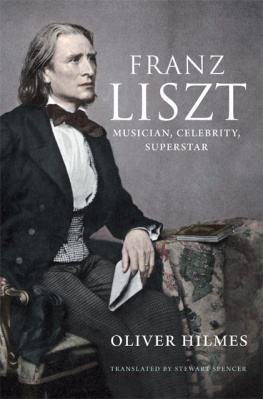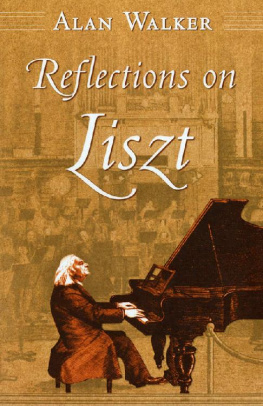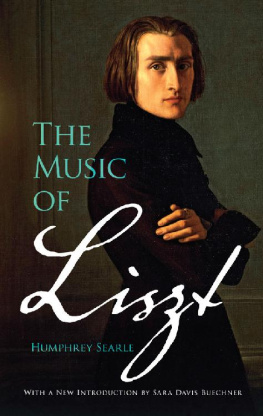Contents
Recent titles by Sarah Rayne from Severn House
The Phineas Fox mysteries
DEATH NOTES
CHORD OF EVIL
SONG OF THE DAMNED
MUSIC MACABRE
The Nell West and Michael Flint series
PROPERTY OF A LADY
THE SIN EATER
THE SILENCE
THE WHISPERING
DEADLIGHT HALL
THE BELL TOWER
MUSIC MACABRE
Sarah Rayne

This ebook is copyright material and must not be copied, reproduced, transferred, distributed, leased, licensed or publicly performed or used in any way except as specifically permitted in writing by the publishers, as allowed under the terms and conditions under which it was purchased or as strictly permitted by applicable copyright law. Any unauthorised distribution or use of this text may be a direct infringement of the authors and publishers rights and those responsible may be liable in law accordingly.
First published in Great Britain and the USA 2019 by
SEVERN HOUSE PUBLISHERS LTD of
Eardley House, 4 Uxbridge Street, London W8 7SY.
This eBook edition first published in 2019 by Severn House Digital
an imprint of Severn House Publishers Limited
Trade paperback edition first published
in Great Britain and the USA 2020 by
SEVERN HOUSE PUBLISHERS LTD.
Copyright 2019 by Sarah Rayne.
The right of Sarah Rayne to be identified as the author of this work has been asserted in accordance with the Copyright, Designs & Patents Act 1988.
British Library Cataloguing in Publication Data
A CIP catalogue record for this title is available from the British Library.
ISBN-13: 978-0-7278-8896-9 (cased)
ISBN-13: 978-1-78029-643-2 (trade paper)
ISBN-13: 978-1-4483-0342-7 (e-book)
Except where actual historical events and characters are being described for the storyline of this novel, all situations in this publication are fictitious and any resemblance to living persons is purely coincidental.
This ebook produced by
Palimpsest Book Production Limited,
Falkirk, Stirlingshire, Scotland
ONE
P hineas Fox had not expected to find evidence of murder linking a famous and esteemed nineteenth-century composer at the end of his life to a notorious music hall dancer at the start of hers. But incredibly, he was looking at it.
He had not been searching for murders. He had been enjoying his new commission, which was the gathering of background material for a light-hearted biography about the life and loves of virtuoso composer-pianist, Franz Liszt. Phin had been treading a cautious path between speculation, rumour-mongering, and the Victorian version of fake news Liszts life and his character were intriguing and complex. To call him a philanderer was probably an exaggeration, but he had certainly been gallant, and the search had already taken Phin from the dizzy heights of grand duchesses boudoirs to the lush beds of dancers and music hall performers.
But until today, his research had not turned up anything particularly startling. The morning had been spent in scouring the shelves of a favourite antiquarian bookshop just off St Martins Lane, and in the foxed pages of one tome he had found a reference to a music hall performer for whom Liszt, in his later years, had apparently conceived a great admiration. Phin scooped up the battered volume eagerly, added a few others that might yield some useful information sometime, and carried them all back to his flat. On the tube he remembered the overflowing state of his bookshelves, and supposed that he would have to have more shelves built in his small study. But books could perfectly well be stacked on windowsills and floors, and at the moment Franz Liszt and his ladies were more interesting than trying to get estimates out of carpenters always supposing Phin could track down a reliable carpenter in the first place, which probably he could not.
Inside his flat, he turned on the desk light against the dull afternoon, and began to read. The music hall performer who had caught Liszts eye had been known as Scaramel; there were two slightly faded reproductions of photographs. One was a conventional pose, suggesting she had been curvaceous in the way the late Victorians and Edwardians had admired. The other, however, showed her dancing with considerable abandon and very little clothing on the top of a concert grand. It was lively and vivid, and Scaramels costume was mostly black with touches of defiant scarlet.
Phin smiled, liking the lively sauciness of the figure, wished there were more details that might identify the venue or indicate the date, and turned the page.
It seemed that during the 1880s and 1890s, Scaramel had been a favourite turn at somewhere called Linklighters Supper Rooms. As well as dancing on concert grands, she was also credited with dancing on tables in one case there was said to have been a naked performance for the Prince of Wales. The books author did not know if Lillie Langtry or Alice Keppel had been present on that evening, but was inclined to think not. Phin was inclined to agree.
But it seemed that among the tally of Scaramels admirers had been the ageing Franz Liszt. This might be gossip, but it could be true. Everything about the lady was in accordance with what was known of Liszts reputation and preferences; what was not in accordance with anything at all, and what sounded a definitely discordant note, was a paragraph at the end of the chapter.
Scaramel enjoyed considerable and affectionate notoriety during her career, wrote the author. However, there is a somewhat discreditable rumour that she was tangled up in a crime and that the crime was the most heinous one of them all. Murder.
Murder. The word seemed to leap off the page, and present itself in blood-dripping letters, like a strapline for a hammy horror film. Phin stared at it, re-read the previous paragraph in case he had missed something, saw he had not, and read on.
In (somewhat slender) support of the rumour of a murder, reproduced on page 24 is a sketch thought to be from Scaramels era, and probably the mid-1890s. Sadly, the artist did not sign the sketch, so his or her identity is not known. Much of the legends information appears to be third-, if not fourth-hand sketchily remembered fragments of casual conversations in taverns, and gossip supplied by descendants of music hall artists or backstage workers. Nor is it known what eventually became of Scaramel, who appears to have faded from the public gaze at the very end of the 1800s.
Phin checked the books publication date. It was 1946, which meant that even if any of the sources could be traced, the sources themselves would probably be long since dead. He turned to page 24 for the sketch.
It was not in the least what he had been expecting, and it smacked against his senses like a blow. It looked like a pen-and-ink sketch, lightly touched with colour here and there. There was a cobbled square with narrow buildings on three sides, and an alley leading off. In one corner was a tall street gaslight that cast softly coloured, diamond-shaped shadows. Harlequin shadows, thought Phin.
But it was the two figures in the sketch that drew his eye, although it was impossible to decide which one dominated the picture. One stood beneath the streetlight; it was wrapped in a dark cloak, the face in deep shadow, the stance imbued with menace. The other figure was in the forefront and it almost looked as if it was begging the artist for help. Its hands were clapped over its ears, and it was plainly flinching from the figure beneath the gaslight. Phin thought he had never seen an air of such terror portrayed in a sketch. It was so disturbing and so eerie that he felt as if something cold and menacing had stepped up to peer over his shoulder. He made an involuntary movement to look behind him, then was annoyed with himself.
Next page
